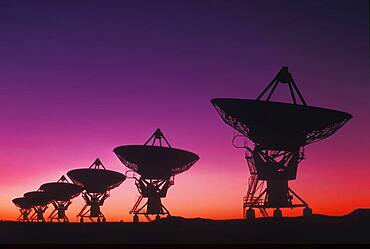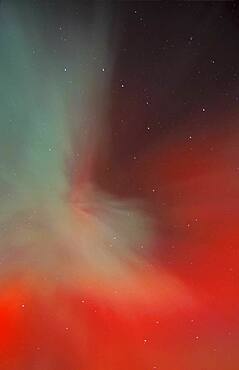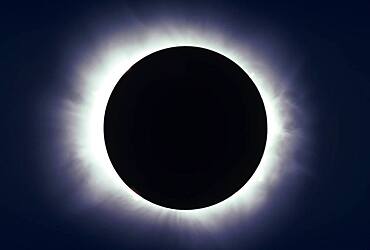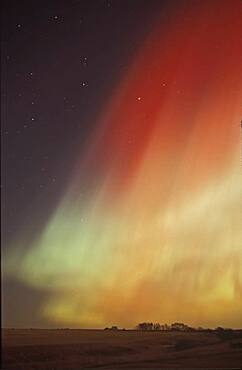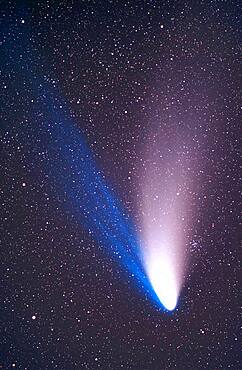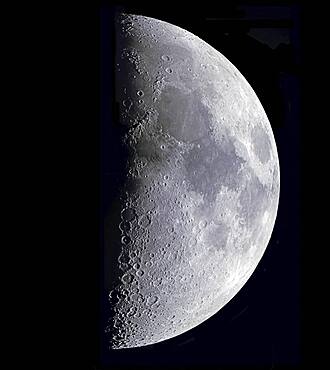Results
10 results found

Majestic night sky with Milky Way over a serene mountain landscape in the Teide National Park, UNESCO World Heritage Site, Tenerife, Canary Islands, Spain, Atlantic, Europe
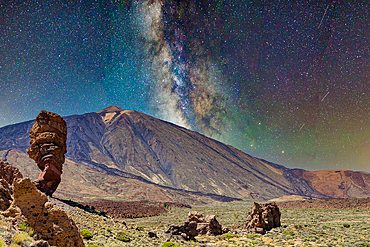
Starry night sky over majestic mountain landscape with Milky Way visible and rocky terrain in the foreground, Teide National Park, UNESCO World Heritage Site, Tenerife, Canary Islands, Spain, Atlantic, Europe
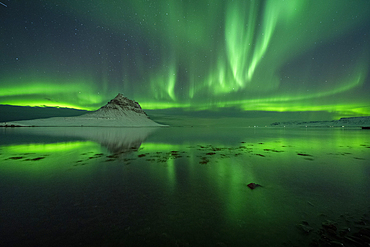
Aurora borealis (Northern Lights) over Kirkjufell Mountain (Wizard's Hat) reflected in ocean, Iceland, Polar Regions
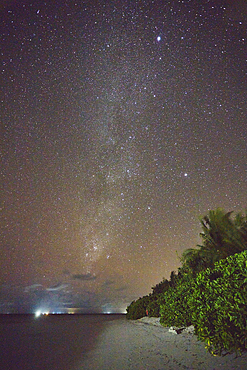
The Milky Way and Southern Cross in the southern night sky, seen from the beach on Havodda Island, Gaafu Dhaalu atoll, Maldives
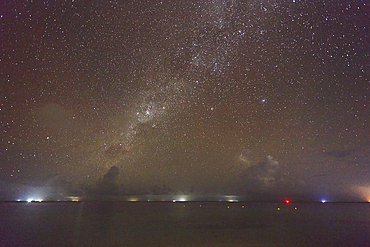
The Milky Way and Southern Cross in the southern night sky, seen from the beach on Havodda Island, Gaafu Dhaalu atoll, Maldives
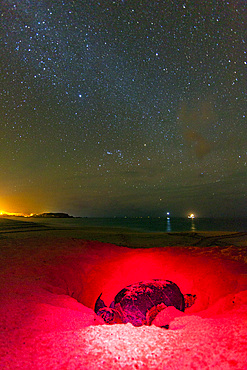
Green Sea Turtle (Chelonia mydas) nesting site at night on Long Beach on Ascension Island, Tropical Atlantic Ocean, South Atlantic Ocean

Night sky and Milky Way over yurt camp in Kol-Ukok lake landscape showcasing stars and serenity, Kyrgyzstan, Central Asia, Asia
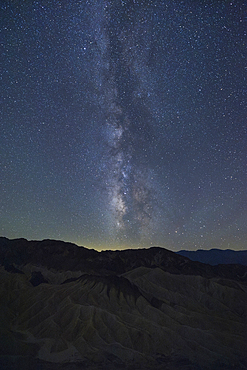
Night view of Zabriskie Point with a Milky Way, Death Valley, California, United States of America, North America
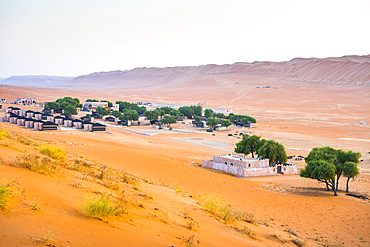
The Thousand Nights Camp in the Sharqiya Sands, formerly Wahiba Sands, desert region, Sultanate of Oman, Arabian Peninsula
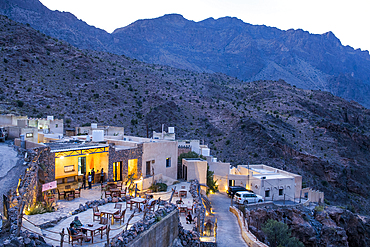
Sama Wakan Heritage hotel by night, Wakan village, Western Hajar Mountains, South Batinah and Al Dakhiliyah Governorates, Oman, Arabian Peninsula
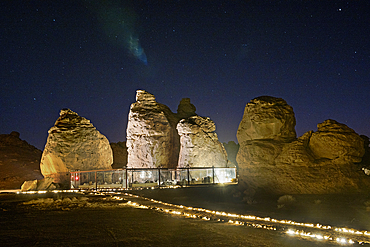
Gharameel site, stargazing and traditional grilled dinner in the desert near pillars of mountain rock, near AlUla, Medina Province, Saudi Arabia
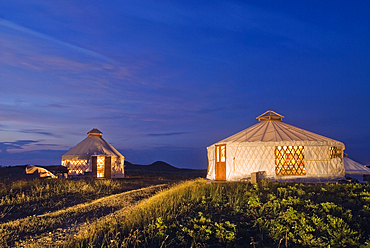
Yurt encampment, Vert et Mer, Ile du Havre aux Maisons, Magdalen Islands, Gulf of Saint Lawrence, Quebec province, Canada, North America
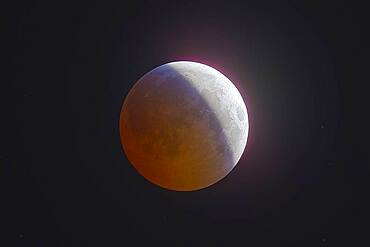
Total eclipse of the Moon, December 20/21, 2010, taken from home with 130mm AP apo refractor at f/6 and Canon 7D at ISO 400. An HDR composite of 9 images from 1/125 second to 2 seconds, composited in Photoshop CS5. Vibrancy increased to show bring out the colour variations across the shadow and at the edge of the shadow. Taken at about 12:21 am MST on Dec 21, about 20 minutes before totality began, during the partial phase.
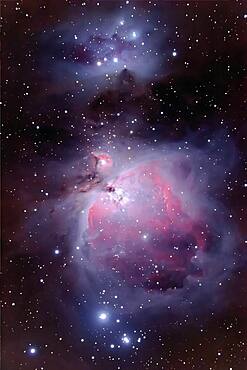
Orion Nebula region with NGC1973-7. Stack of two 10-minute exposures + stack of 30s and 1min exposure for retaining bright core deail. Blended with Normal @ 85% but erasing all of short exposure layer except for core.
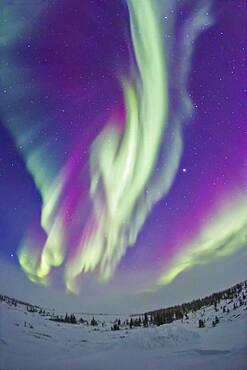
The Northern Lights on Feb 16, 2015, as seen from the Churchill Northern Studies Centre, in Churchill, Manitoba at 58° latitude, and under the auroral oval. The aurora appeared as skies cleared somewhat during a blizzard with high winds and blowing snow conditions. I shot these from the second floor deck of the Centre, out of the wind and off the ground. Jupiter is at right, the Big Dipper at left.
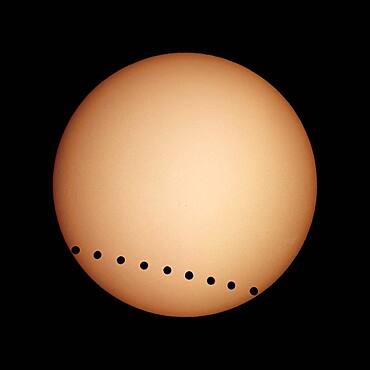
Transit of Venus, June 8, 2004, from Luxor, Egypt. A composite image (layered in Photoshop) of individual multiple shots taken from just after 2nd contact to just before 3rd contact. Taken with a Sony DSC-V1 digital camera shooting afocally through a 40mm eyepiece and on a 90mm apochromatic refractor, equatorially mounted and driven. Shot thru a Baader solar filter, which gives a white Sun. Yellow coloration added in Photoshop.
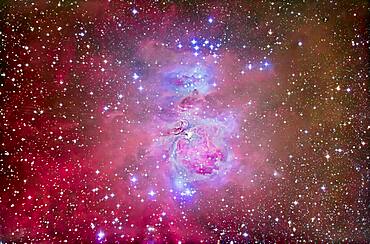
The Orion Nebula, M42 and M43, with surrounding associated nebula and star clusters, such as the Running Man Nebula above (NGC 1975) and blue star cluster above it, NGC 1981.

Comet Hartley 2 near the Pacman Nebula, NGC 281, in Cassiopeia. Stack of 4 x 6 minute exposures at ISO 1600 with Canon 5D MkII on A&M 105mm apo refractor at f/4.8 with Borg reducer/flattener. Bright star is Alpha Cas, Schedar. Autoguided with Celestron NexGuide autoguider. However, image of comet core is from only one exposure to minimize trailing from this fast-moving comet.
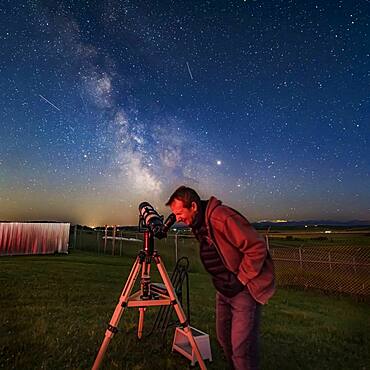
Mark gazing at a target, M22, in the Milky Way with his TeleVue 127 refractor at the annual Rothney Observatory Milky Way Nights for July 25, 2019. Several satellite trails mark the sky. Jupiter (brightest at right) and Saturn (at left) flank the Milky Way.
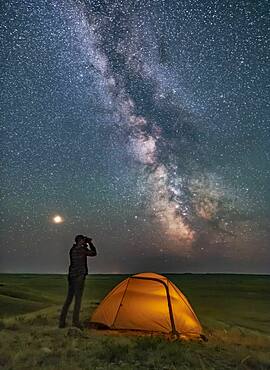
A Park interpreter poses for a scene in Grasslands National Park, Saskatchewan, of stargazing with binoculars under the Milky Way on a dark moonless night. Grasslands is perfect for stargazing as it is a Dark Sky Preserve and the horizon is vast and unobstructed.
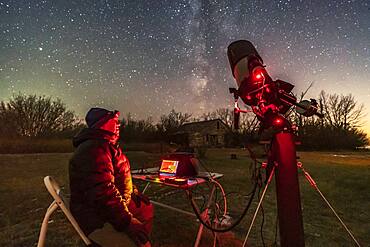
A session shooting deep-sky objects in the rural backyard in Alberta, on a chilly November night, November 8, 2018. I was using the Celestron 8 HD tube assembly on the Astro-Physics Mach One mount, and was shooting Messier 27 with the Canon 6 D MkII. I shot this image with the Sony a7III and Venus Optics 15mm lens at f/2 focused on the foreground.
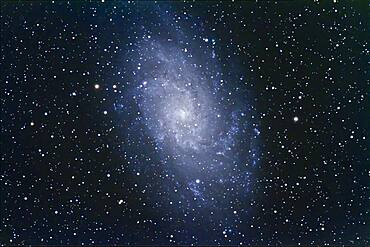
M33, the Triangulum Spiral, a dwarf spiral in the Local Group. This is a 6-image stack of 12-minute exposures with the Canon 7D at ISO 800 on the 130mm Astro-Physics apo refractor at f/6 on AP 600E mount and SBIG SG4 autoguider. Poor seeing bloated star images somewhat.
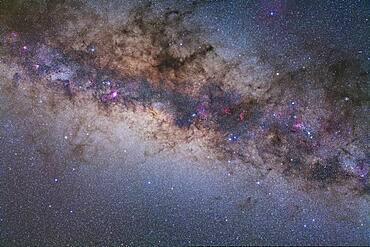
Sagittarius and Scorpius in diagonal framing, with Milky Way from Ara to Serpens. Taken with 50mm Sigma lens at f/4 and Canon 5D MkII at ISO 800 for stack of just 2 frames each at 6 minutes. Cloud prevented more exposures. Taken from Atacama Lodge, San Pedro de Atacama, Chile.
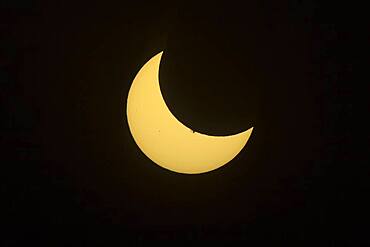
The partial eclipse of the Sun, October 23, 2014, as seen from Jasper, Alberta, shot under clear skies through a mylar filter, on the front of a 66mm f/6 apo refractor using the Canon 60Da for 1/8000 (!) sec exposure at ISO 100. The colours are natural, with the mylar filter providing a neutral 'white light' image. The big sunspot on the Sun that day is just disappearing behind the Moon's limb. The mylar filter gave a white Sun, its natural colour, but I have tinted the Sun's disk yellow for a more pleasing view that is not just white Sun/black sky.
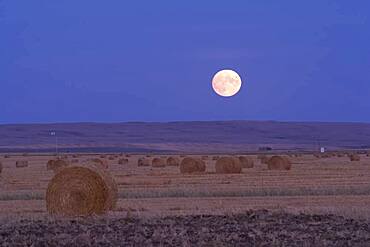
Harvest Moon, Sept. 27, 2004, taken from near home. With Canon Digital Rebel 300D, with 20mm lens at f/13 and 1/2 sec exposure at ISO100. Minimal processing to increase contrast but Moon image is not a fake -- the balance between sky and Moon was perfect for recording Moon detail and ground without over or underexposing either.
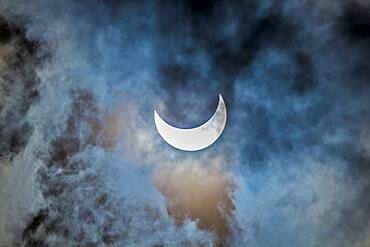
The partial eclipse of the Sun, October 23, 2014, as seen from Jasper, Alberta, in this case shot through thin cloud but that makes for a more interesting photo than one in a clear sky. This is still shot through a mylar filter, on the front of a 66mm f/6 apo refractor using the Canon 60Da for 1/25 sec exposure at ISO 100. The colours are natural, with the mylar filter providing a neutral 'white light' image. With the Sun dimmed a lot by cloud, the longer exposure allowed picking up light and colours in the surrounding clouds.
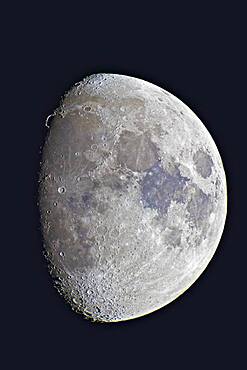
9-day-old gibbous Moon, taken April 23, 2010, with Astro-Physics 130mm apo refractor, plus 2x Barlow for f/12 and 1600mm focal length. Canon 7D camera at ISO 100. Seeing poor -- this was the sharpest of the lot.

Gum Nebula area of Vela and Puppis. Taken from Atacama Lodge, Chile, March 19, 2010, with modified Canon 5D MkII and Sigma 50mm lens at f/4, for stack of 10 x 6 minute exposures (Mean combined) at ISO 800 plus 2 x 6 minutes with Kenko Softon filter. High contrast boost and Selective Colour adjustments to bring out nebulocity while retaining neutral sky.
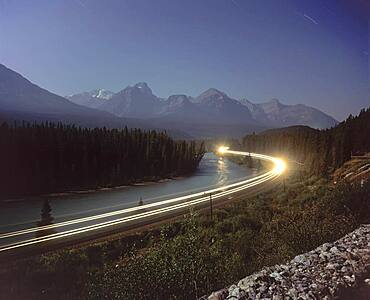
Taken from Morant's Curve on Bow Valley Parkway in Banff National Park near Lake Louise, Alberta. Lone dot of light on distant mountain must be from Lake Agnes Tea House on Little Beehive Peak above Lake Louise.

The supernova remnant IC 443 in Gemini near the stars Mu (left) and Eta (right) Geminorum. Slight haze passing thru on some exposures added the star glows.
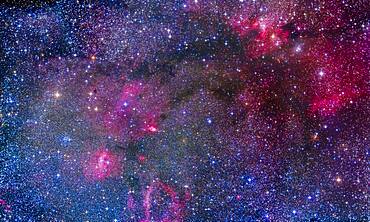
A mosaic of the region in Cassiopeia and Cepheus containing the main nebulas: the Bubble Nebula (NGC 7635) at lower left, and the Cave Nebula (Sh 2-155) at upper right. At left is also the bright Messier open cluster M52. The small yellowish cluster at right is NGC 7419. The small cluster at lower centre is NGC 7510. The small nebula just left of centre is NGC 7538.
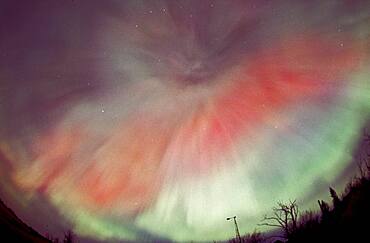
April 17/18, 2001 aurora, taken from home in Alberta. looking south. Part of a series taken looking same direction as substorm hit and subsided, from Image #2 to #15, on Roll #1. (Roll #2 was second camera shooting Provia 100F with 28mm lens and 18mm lens.) All images in this series (#1-02 thru 15) processed in Photoshop with nearly identical enhancements to contrast and colour. Brightness toned down for longer overexposed shots (early ones).
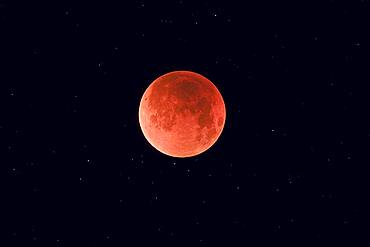
Taken with 90mm Stowaway AP Refractor, with Borg .85x compressor/flattener for f/5.6. With Canon 20Da camera at ISO 400 for 13 second exposure. on Skywatcher HEQ5 mount tracking at Lunar rate. Exposure kept long to bring out star background. original = 1

Transit of Venus, June 8, 2004, from Luxor, Egypt. A single image taken near mid-transit. Taken with a Sony DSC-V1 digital camera shooting afocally through a 40mm eyepiece and on a 90mm apochromatic refractor, equatorially mounted and driven. Shot thru a Baader solar filter, which gives a white Sun. Yellow coloration added in Photoshop.
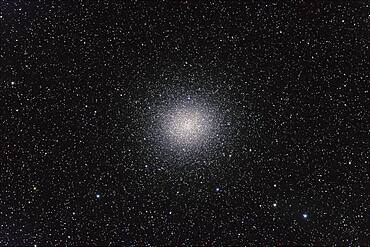
Omega Centauri globular cluster, with Canon 20Da camera with 4-inch Astro-Physics Traveler apo refractor at f/6 for 4 minutes each at ISO800. Stack of 4 exposures, averaged stacked. Plus short 2-minute exposure for core area. Taken from Queensland, Australia, July 2006.
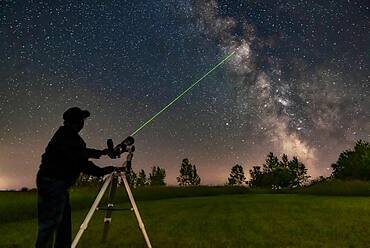
Me aiming the A&M 80mm refractor on the Astro-Tech Voyager mount at the Milky Way with its laser pointer finder showing the way. I am aiming at M11 in Scutum.

A telescopic closeup of Comet Lovejoy (C/2014 Q2) on January 19, 2015. I shot this from near Silver City, New Mexico, using a TMB 92mm apo refractor at f/4.4 and using a Canon 6D at ISO 1600 for a stack of 4 x 5 minute exposures. The ion tail is primarily from a single exposure to minimize blurring from the comet's motion relative to the stars. The rest of the image is from the stacked combination to minimize noise.
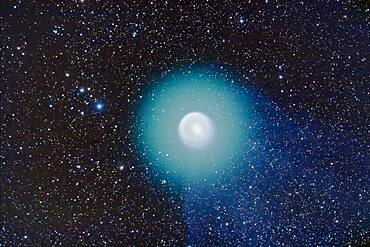
Comet Holmes, 17P, taken Nov 1, 2007 on excellent night. Taken with A&M 105mm apo refractor at f/5 with Borg 0.85x compressor/field flattener on SkyWatcher HEQ5 mount. Canon 20Da camera at ISO400. Composite of 4 min, 2min, 1min, 30sec, 15sec, and 7 sec exposures, each exposure being a stack of 3 to 4 identical exposures. Registered and stacked in Photoshop (HDR mode did not produce usable result, so manually composited with sucessively smaller masks to reveal short exposure content around nucleus. Contrast exaggerated with Curves to bring out very faint tail structure. North up, so tail to the S and SW.Nucleus is dot at upper left of inner coma, other star in inner coma at right is a field star
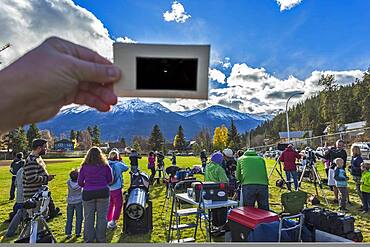
The partial solar eclipse of October 23, 2014 as seen from Jasper, Alberta, at a public event in Centennial Park as part of the annual Dark Sky Festival. This is a single-exposure image showing the scene near mid-eclipse with telescopes from volunteers from the Royal Astronomical Society of Canada, and the mostly clear skies above with the crescent Sun visible through the handheld polymer solar filter.
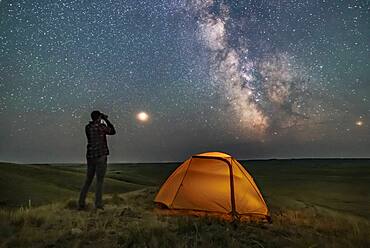
A Park interpreter poses for a scene in Grasslands National Park, Saskatchewan, of stargazing with binoculars under the Milky Way on a dark moonless night. Grasslands is perfect for stargazing as it is a Dark Sky Preserve and the horizon is vast and unobstructed.
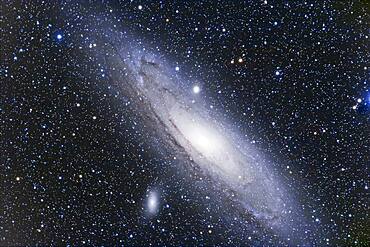
M31 Andromeda Galaxy, with TMB 92mm apo refractor and Borg 0.85x reducer/flattener for f/4.8 and Canon 20Da camera at ISO400 for 2 x 15 minute exposures. North is at bottom, south at top (better balance with this framing)

A telescopic closeup of Comet Lovejoy (C/2014 Q2) on January 17, 2015, showing structure in the ion gas tail, in the form of streamers and discontinuities in the tail.
